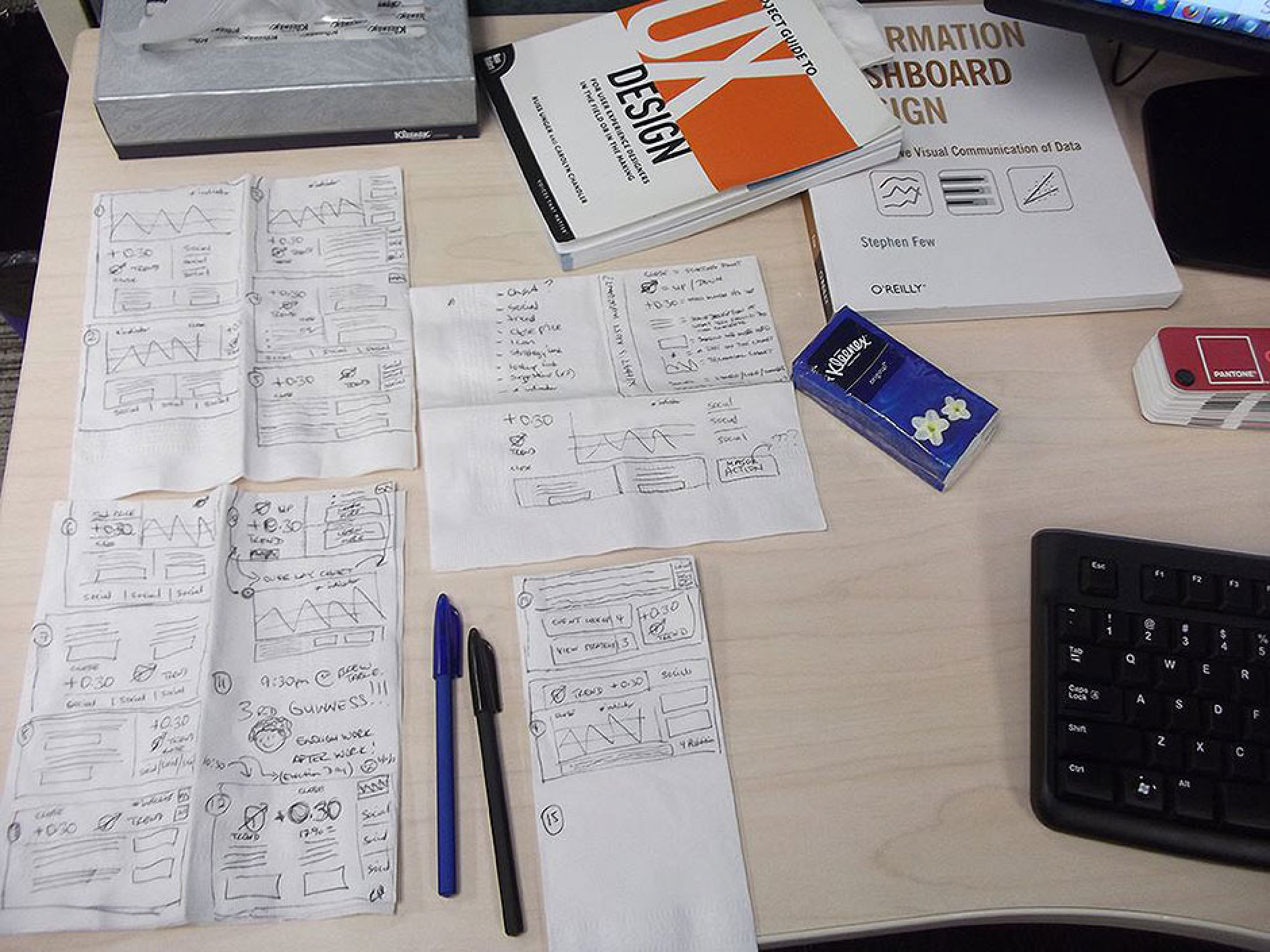Expert Skills
Transforming Ideas into Innovative Solutions, Elevating Visions through UX Leadership, Product Designs & AI Ethics!
Transforming Ideas into Innovative Solutions, Elevating Visions through UX Leadership, Product Designs & AI Ethics!
2016, 2017, 2018

A UX Lead (User Experience Lead) is a senior strategist and hands-on leader who bridges user needs, business goals, and technical feasibility. They don’t just design interfaces—they shape how design happens across teams. Think of them as the "CEO of User Experience" for a product or company, ensuring every decision aligns with both user empathy and organizational KPIs.
Example:
At a fintech startup, a UX Lead might:
A. Strategic Leadership
A Senior Product Designer is an experienced, end-to-end design leader who owns complex product challenges—balancing user needs, business goals, and technical constraints at scale. They go beyond execution to drive strategy, mentor teams, and elevate design maturity within an organization.
Key Differentiators from Mid-Level Designers
Strategic Ownership
A Senior Product Designer operates at the intersection of user experience (UX), business strategy, and technical execution, taking ownership of high-impact design challenges. Unlike junior or mid-level designers, they focus not just on how something looks, but why it should exist—and how it drives measurable outcomes.
Core Responsibilities
1. End-to-End Product Ownership
An Interaction Designer (IxD) is a specialist who designs how users interact with digital products—focusing on the behavior, flow, and responsiveness of interfaces. They ensure every tap, swipe, or click feels intuitive, efficient, and satisfying.
Key Focus Areas
Micro-Interactions



